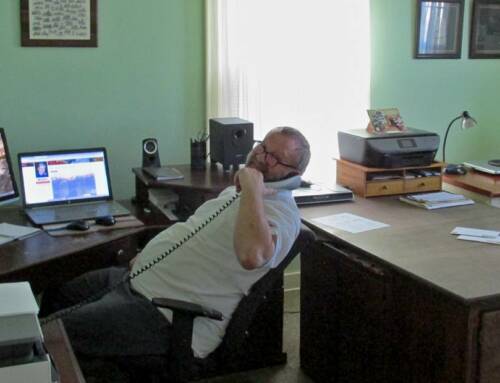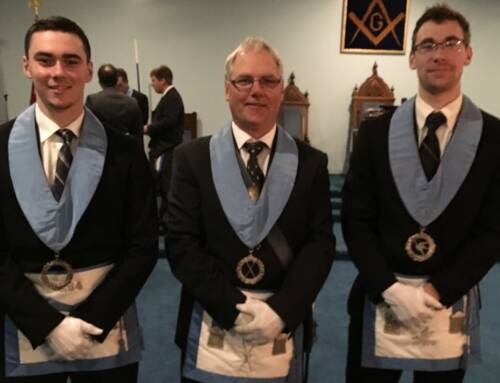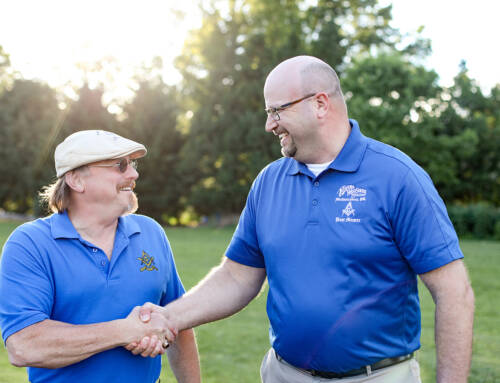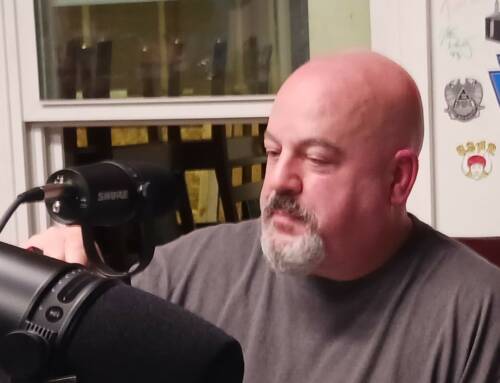Where does Freemasonry come from?

Much like anything that has existed for more than 300 years, it’s hard to find exact proof or provide one specific answer to the question that often mystifies the minds of many: “Where does Freemasonry come from?”
This question has prompted thousands of books, movies like “The Lost Symbol” and “National Treasure” and conspiracy theories galore. On the bright side, these ideas keep people interested in the fraternity and often bring interested men to our doors seeking membership.
There are three prevailing theories/stories about the origins of modern day Freemasons.
- Freemasons are descended from the Knights Templar.
While this is a very romantic notion that has spurned much debate, concrete proof of this connection has yet to be uncovered. Theorists will point to evidence such as the Roslyn Chapel in Scotland and the use of some Templar symbols within the fraternity. But, under scrutiny, these theories just don’t stand up. Future research may prove otherwise on the Templar connection, but, for now, it’s tenuous at best. - Freemasonry is directly descended from the stone masons of ancient times.
The stories told in Freemasonry often have their origins in early human history. Many of these tales deal with the construction of the temple at Jerusalem by King Solomon. It would be wonderful if a true lineage could be traced back to these early builders, but the reality is that the history just can’t be traced back that far. - Freemasonry grew out of medieval guilds.
This theory is probably the best supported and has the most evidence. It is also the most widely accepted. During the dark ages, workers trained in construction with stone would need to travel to find employment wherever large buildings would be constructed. Monuments such as cathedrals and palaces required numerous workmen of many different skill levels. As a stone mason learned the craft, he would raise in rank, just as many of us do in our jobs today. In those times, it was difficult to check someone’s credentials, as a system of universities and accreditation didn’t exist. Instead, the most senior workmen, known as “Masters” would impart specific knowledge and means of recognition to promote promising new apprentices. By demonstrating this knowledge, they could obtain work at new job sites. Over time, the lessons, originally taught as part of the construction trade, took on the nature of parables and moral stories, teaching the workers how to live a just life in addition to their trade. Eventually, these guilds began admitting men who weren’t operative stone masons, calling them “speculative” Masons, who adopted the principles of what was being taught but not the skills of the builder. These men eventually became the most predominant in the organization and created Freemasonry as we know it today over the course many decades (some say centuries).
Regardless of where Freemasonry came from, the society that it has grown into today has left an indelible mark on the world. Here in Pennsylvania, our Masonic Villages provided more than $45 million in charitable care last year. Freemasons believe in supporting one another and our communities. The Masonic Villages are just one physical manifestation of that important belief.








